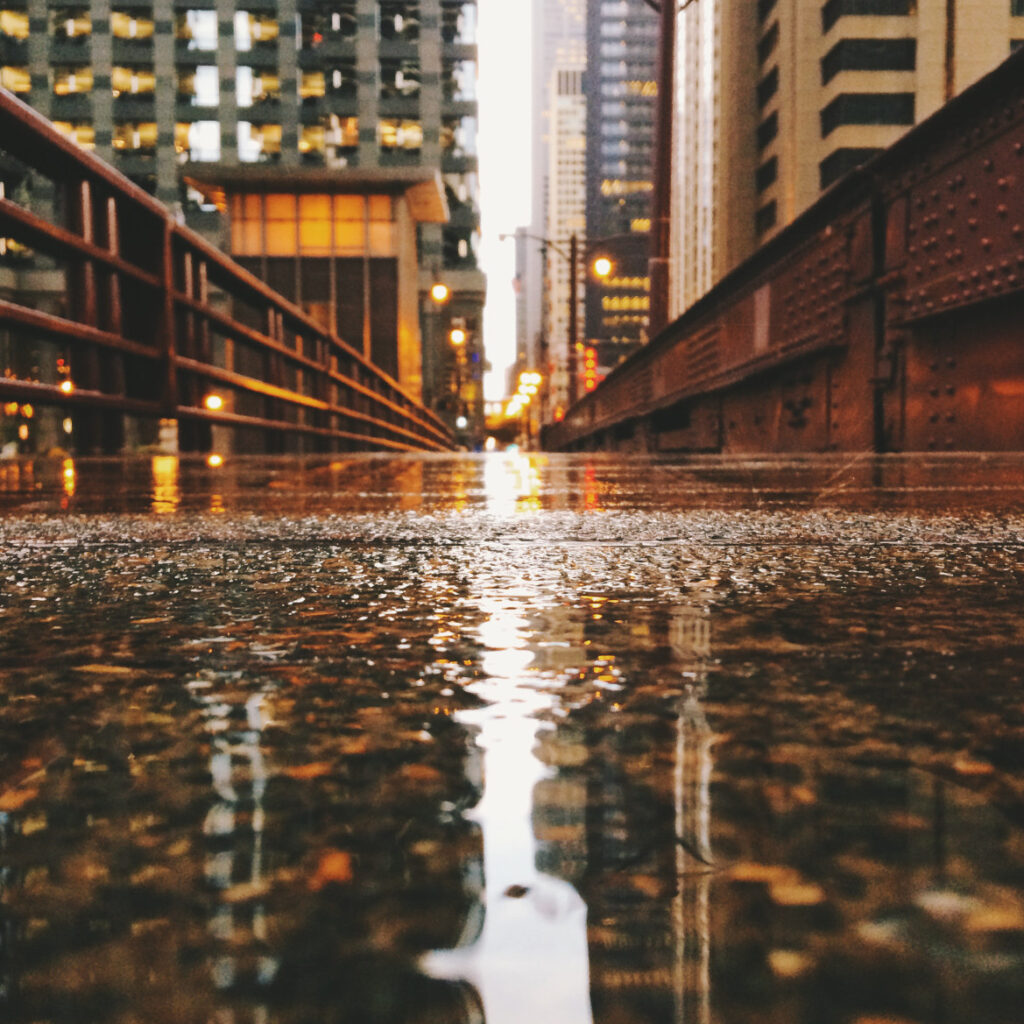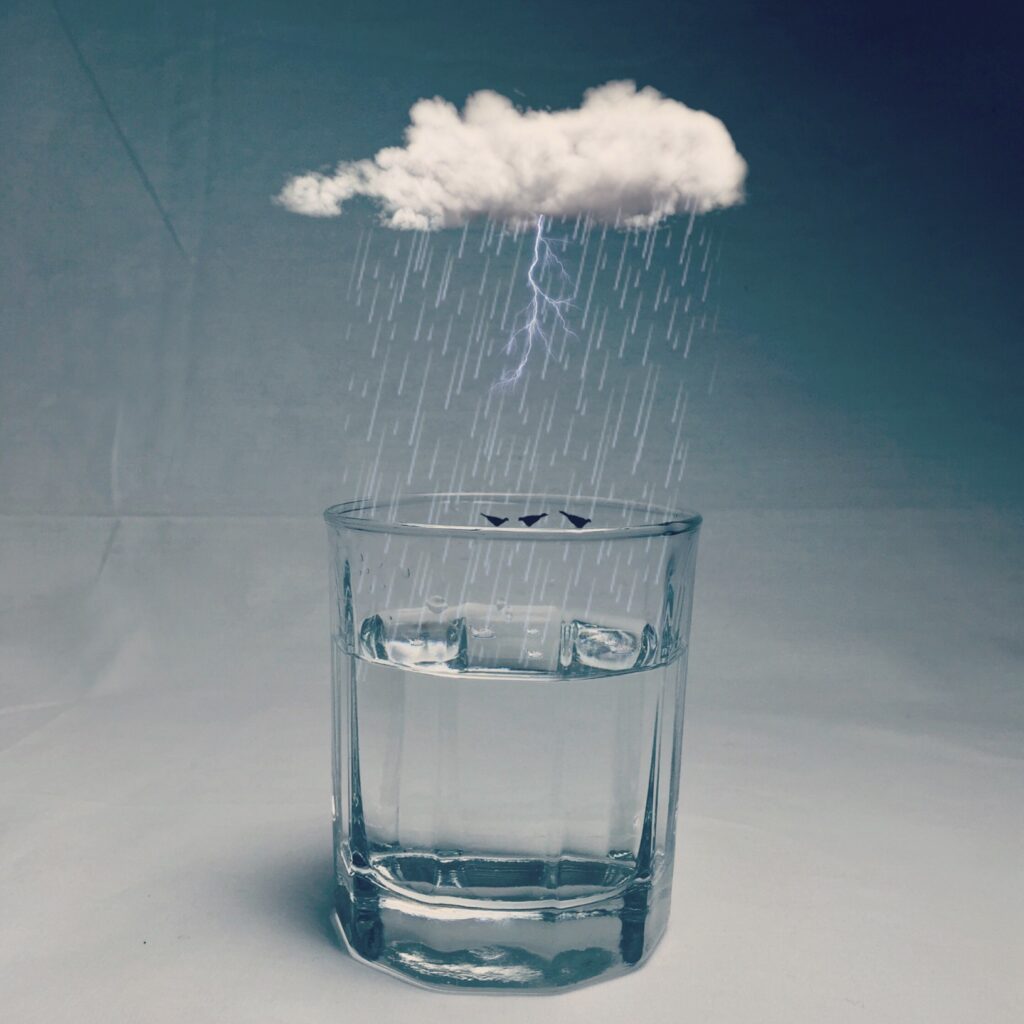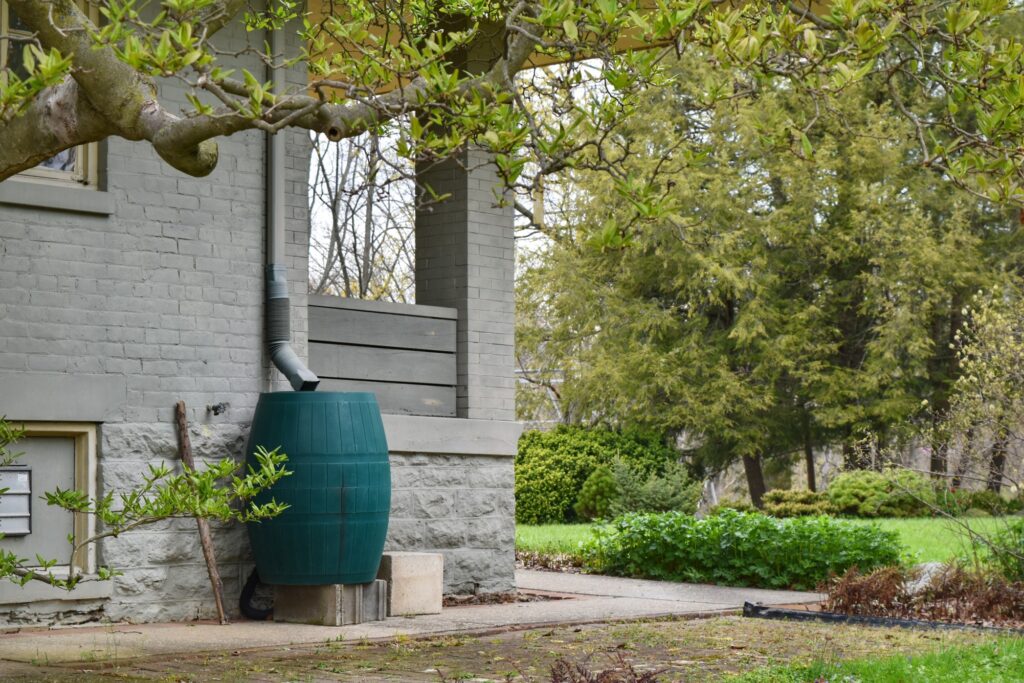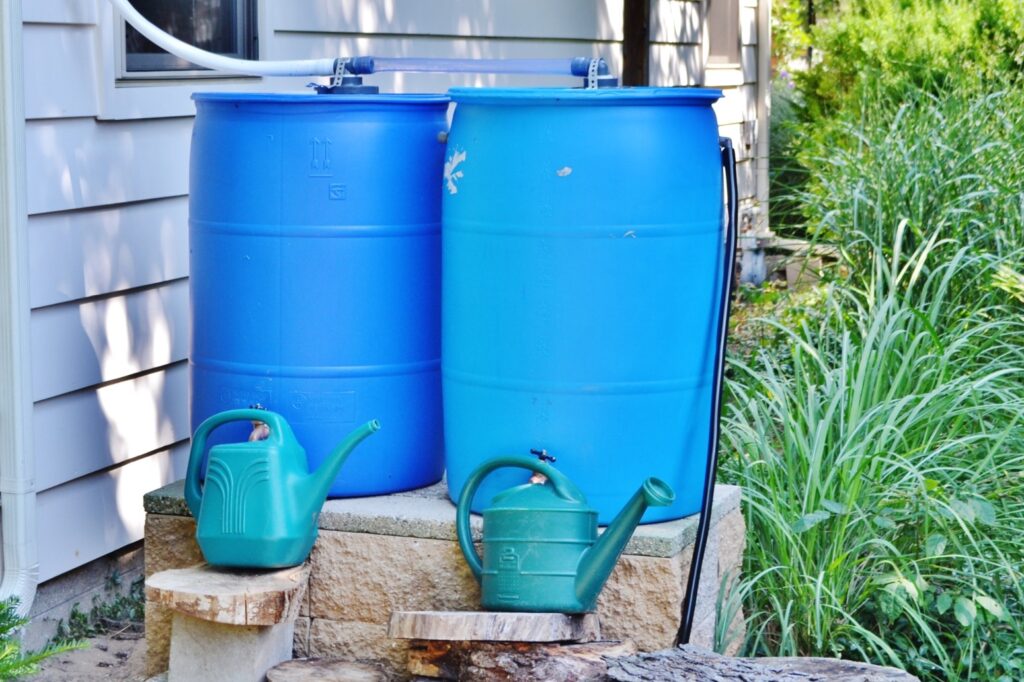As I was growing up, when it rained, I always used to wonder where does all the water go? Once I understood, I realized what a waste of a billion liters of water it is, till the time I heard and understood the concept of Rainwater harvesting. You may recall your grandfather talking about the old rain cistern(tank) on his farm. The tanks were water storage for cattle and other livestock. They would use gutters and connect rooftop rainwater into the reservoir for storage. Cisterns like these were a step in the evolution of rainwater harvesting but were far from the point where rainwater harvesting began.
The Need for Water
Why collect rainwater? Ancient civilizations had basic needs to survive as we do in the present age. Water, food, and shelter were a continuous need and struggle, especially in dry climates where water was scarce. But, there was a solution, and people came up with brilliant methods of storing water. One such idea that became a sustaining source throughout thousands of years was rainwater collection and diversion.

Origin of Rainwater Harvesting
It is nearly impossible to find out as to which civilization used rainwater harvesting first. The basic structure of these systems often involved a large rock formed into a basin using clay and other stones to seal it from leaking. Water would be stored using different diversion tactics and used for drinking, washing, agriculture, irrigation, and more.
The process of collecting and storing rainwater, rather than allowing it to run off is known as Rainwater harvesting (RWH). Rainwater harvesting systems capture rainwater by diverting it from large surfaces (e.g., roofs) to an underground holding tank (water sumps). It is essential, especially in areas with low water levels. Rainwater is free from harmful chemicals, making the water suitable for irrigation purposes because it does not harm the crops. It reduces the demand for potable water. The harvested water is then filtered and pumped directly to the appliances or a header tank. The water is ready for use for domestic or commercial applications include washing, flushing toilets. The most common method of rainwater harvesting is rooftop harvesting.
Rainwater harvesting measures should begin four months before the monsoon is to arrive. If we undertake rainwater harvesting in every house, we can replenish the groundwater on a vast scale. For each square meter of area, we can collect about 1,000 liters(appx) of water per year. A house of 200 square meters area can conserve 2 lakh liters of water every year. Rainwater not harvested is wasted. A systematic harvesting system would benefit all.

Rainwater harvesting, if carried out on time, correctly and by everyone, will save the misery resulting from waterlogging, and submerged subways and underpasses. Waterlogging points to poor infrastructure but also that had proper and stable structures been in place, especially on roads and flyovers, waterlogging would not have caused so much disruption in terms of loss of life and property.
Collected rainwater has several uses, no matter what type of rainwater harvesting system you have.
Collecting your rainwater is an excellent way to conserve this precious resource. A basic rainwater collection system catches water from your roof or other surface and channels it into a container for storage. There are many uses for collected rainwater, no matter what type of rainwater harvesting system you have.
- Drinking and cooking.
Rainwater, if collected without touching the surface, is high-quality water for consumption. It’s pure and doesn’t contain any chlorine or other chemicals otherwise used in sanitizing tap water. The problem occurs when rainwater collected from roofs or other dirty surfaces is made available for drinking purposes. By either installing a filtration system, boiling, or distilling it, you can make rainwater safe to drink. Some systems can also directly collect rainwater for drinking purposes.
- Bathing and laundry.
Washing clothes account for about 22 percent of indoor water use, Showers 17 percent, and baths 2 percent. If you alternate with harvested rainwater for all these purposes, you could reduce your municipal water usage by over 40 percent. Depending on how clean and clear you want your washing water, you could either treat or untreated rainwater.

- Flushing toilets.
Another considerable water drain, toilets, use almost 27 percent of water in your home.
- Watering gardens and houseplants.
Rainwater, naturally designed to water plants, can easily be used for indoor and outdoor gardens and lawns. You can either use rainwater in watering cans to water plants by hand or connect any rainwater storage tanks or reservoirs directly to an automatic irrigation system.
- Water for wildlife, pets, or livestock.
You can use recycled rainwater for birdbaths. Water is also typically safe for pets or livestock to drink or wash in, especially if you have a direct method to collect clean rainwater.
- Rinsing vegetables
Rainwater is excellent for rinsing vegetables straight from your garden, especially root vegetables. Try filling a large bucket with water, adding some carrots, potatoes, beets, or other hard vegetables, and swish them together to knock the soil off.
- Outdoor water bodies
Filtered rainwater is useful for fountains or other water bodies with pumps. You can fill your outdoor ponds and pools with any collected rainwater.
- Washing vehicles and equipment
Washing vehicles is another excellent use for untreated rainwater. Cars, garden tools, lawnmowers, tractors, and even the driveway and sides of your house are perfect candidates.
Need Of The Hour- Water Conservation
The level of groundwater is decreasing because of deforestation and ecological imbalance. Due to urbanization and industrialization in urban areas, the demand for water supply is increasing. The reason for this is the use of excessive groundwater which is going downwards. The danger of water shortage will increase in the future, proving to be an end of human life if there is no immediate action.

Water harvesting is beneficial for meeting various needs like a recharge of groundwater, reducing the electricity bill spent in supplying water, and supplying pure water at any time whenever required. The increase in the water level of 1 meter will save the power of 0.4 kilowatts.
It`s not an overstatement that the next war will be over water. Any constructive measures that you take, big or small, counts and will be better for the society as a whole. There are many options available to store water, and the awareness for this is of paramount importance worldwide. All we need to do is implement necessary, simple measures.



